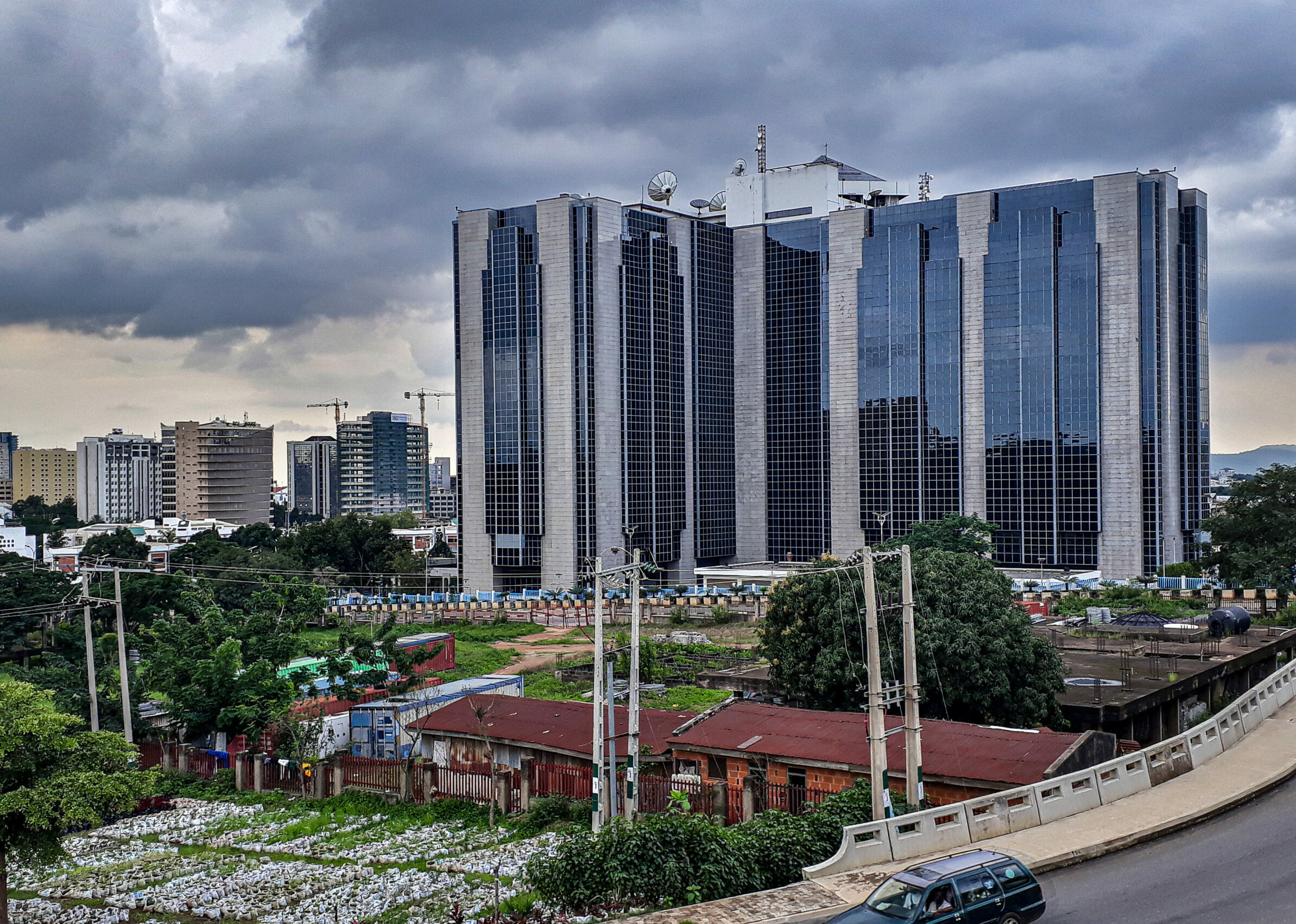15 Skincare Products That Are Marked Up 1000 Percent By Luxury Brands

Luxury facial mists often promise to refresh and hydrate, but many of them are primarily made of water with a small percentage of botanical extracts. The markup on these simple formulations is staggering, making them one of the least cost-effective skincare products.
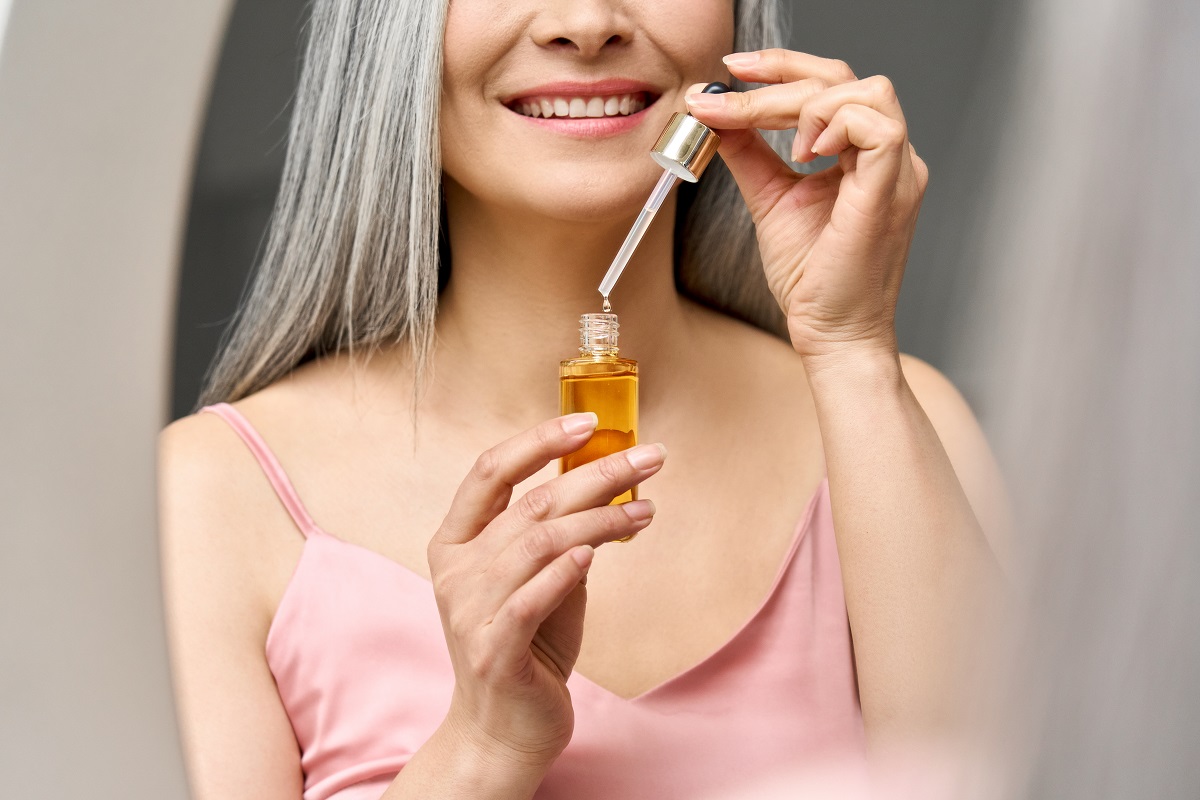
Many high-end serums claim to be packed with anti-aging and skin-repairing ingredients. However, the concentration of active ingredients is often minimal, while the price is inflated based on branding rather than effectiveness.
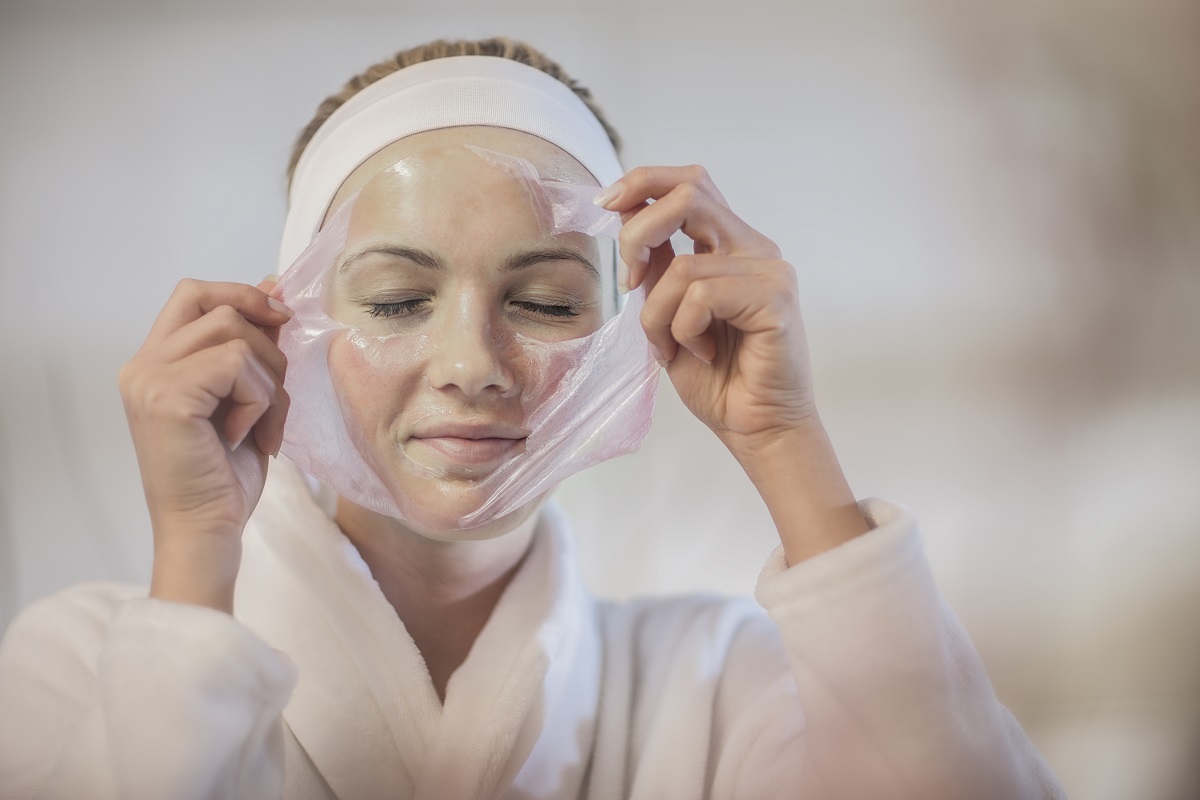
Luxury brands offer single-use sheet masks that cost as much as an entire budget skincare routine. These masks may contain hydrating and brightening ingredients, but they do not justify the extreme markup compared to affordable alternatives.
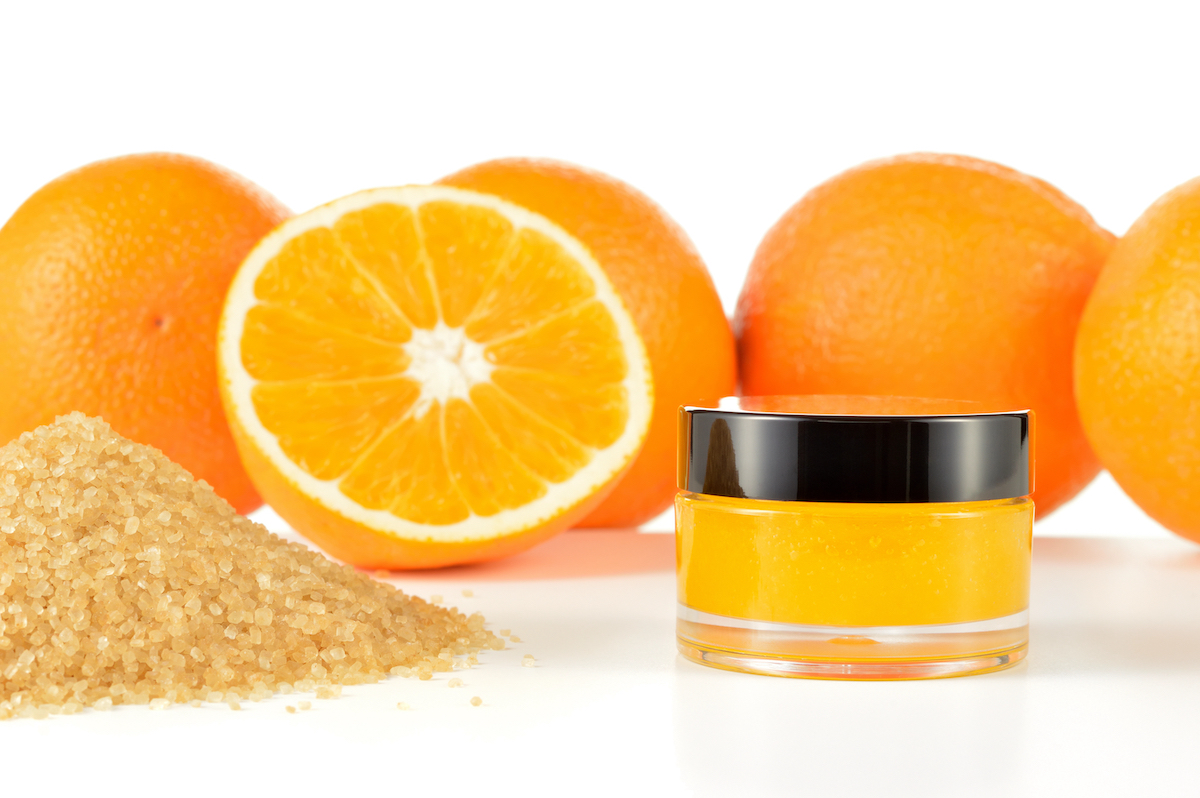
Luxury scrubs often contain sugar, salt, or fruit enzymes, common exfoliants found in much cheaper products. The high-end versions are wrapped in sleek packaging, but their formulas are nearly identical to drugstore scrubs.

Vitamin C is a powerful brightening ingredient, but luxury brands often sell vitamin C creams at a shocking markup. The same active ingredient is available in affordable drugstore products, making the high cost unnecessary.
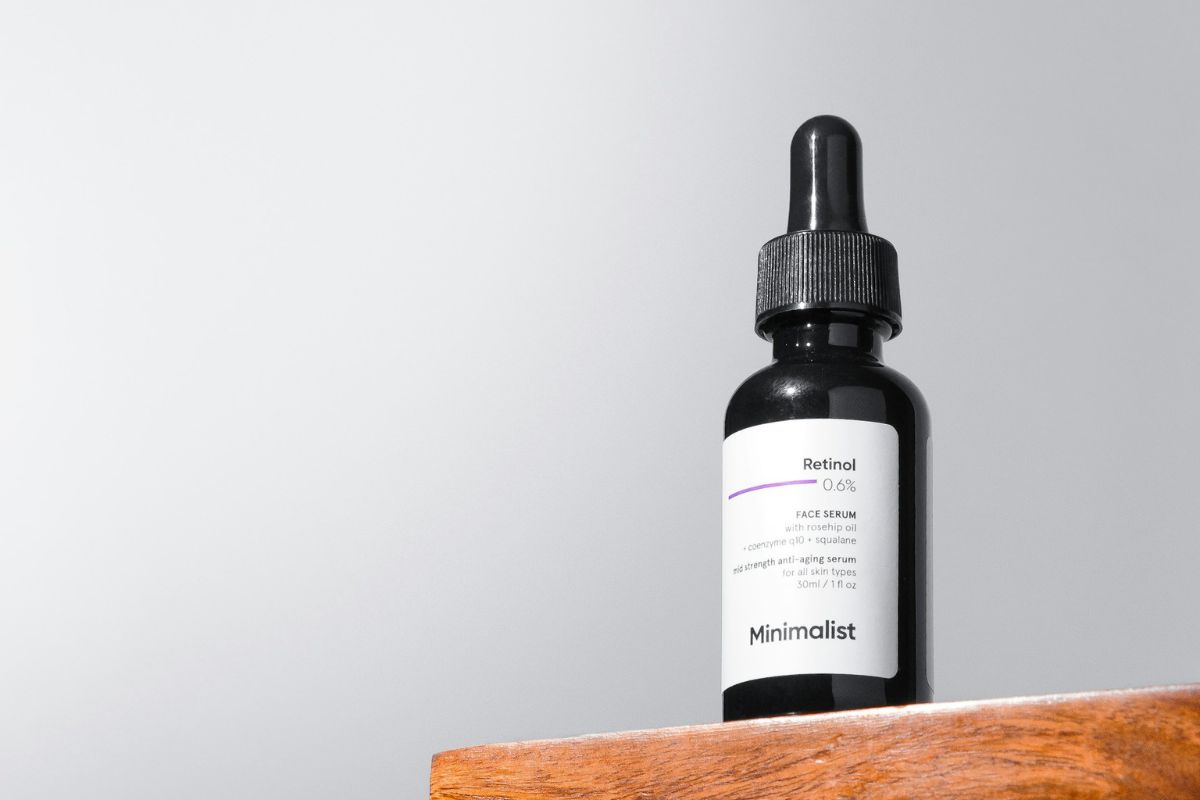
Retinol is one of the most effective anti-aging ingredients, but luxury brands charge excessive prices for creams that have similar concentrations to their affordable counterparts. Some drugstore brands even offer stronger retinol at a fraction of the price.
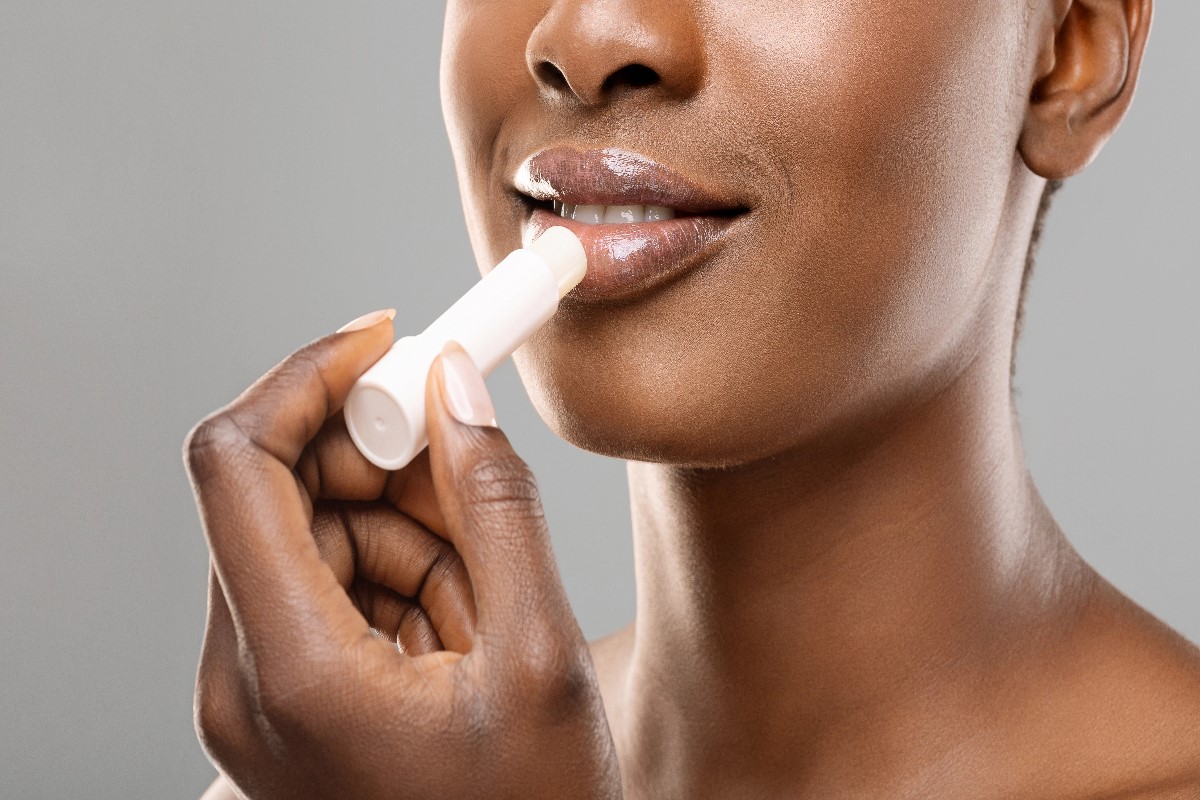
Some high-end lip balms cost as much as a full drugstore skincare routine. While they may contain nourishing ingredients like shea butter and essential oils, their formulas are not much different from affordable lip treatments.
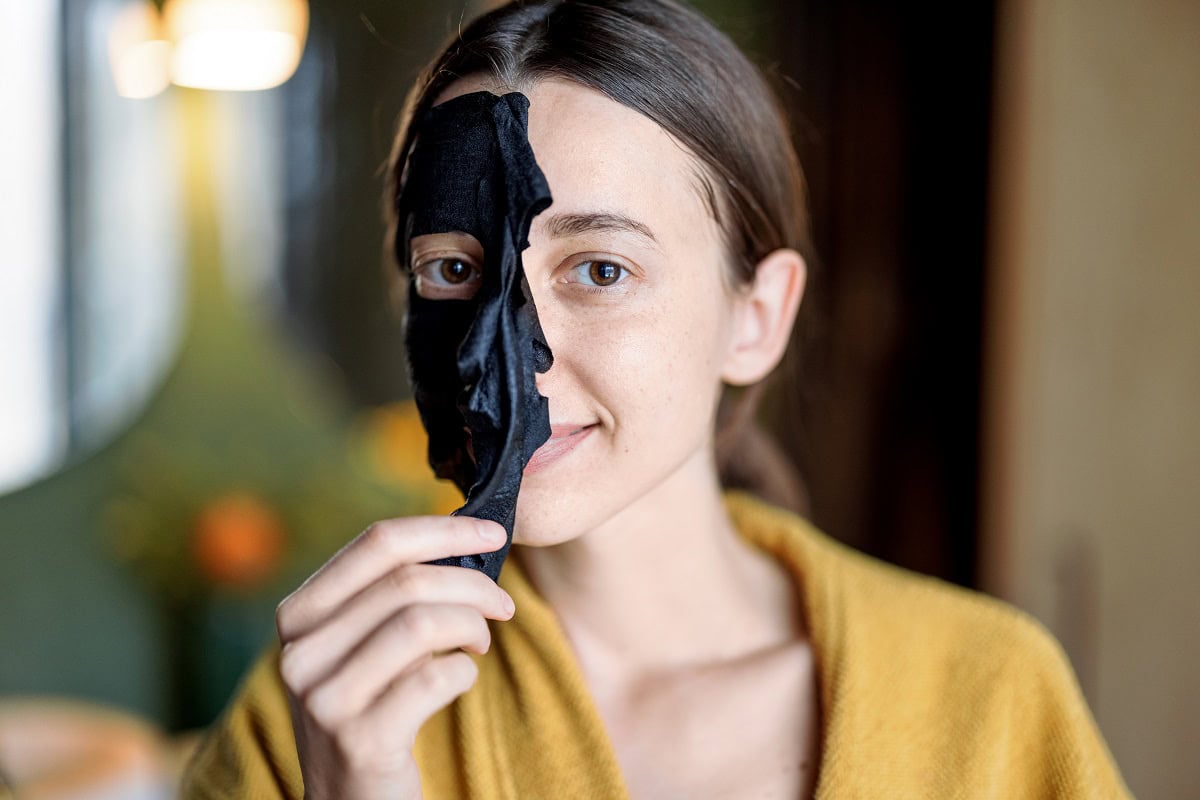
Luxury clay masks often include the same kaolin or bentonite clay found in drugstore versions. Some add essential oils for fragrance, but this does not justify the extreme markup that high-end brands place on these masks.
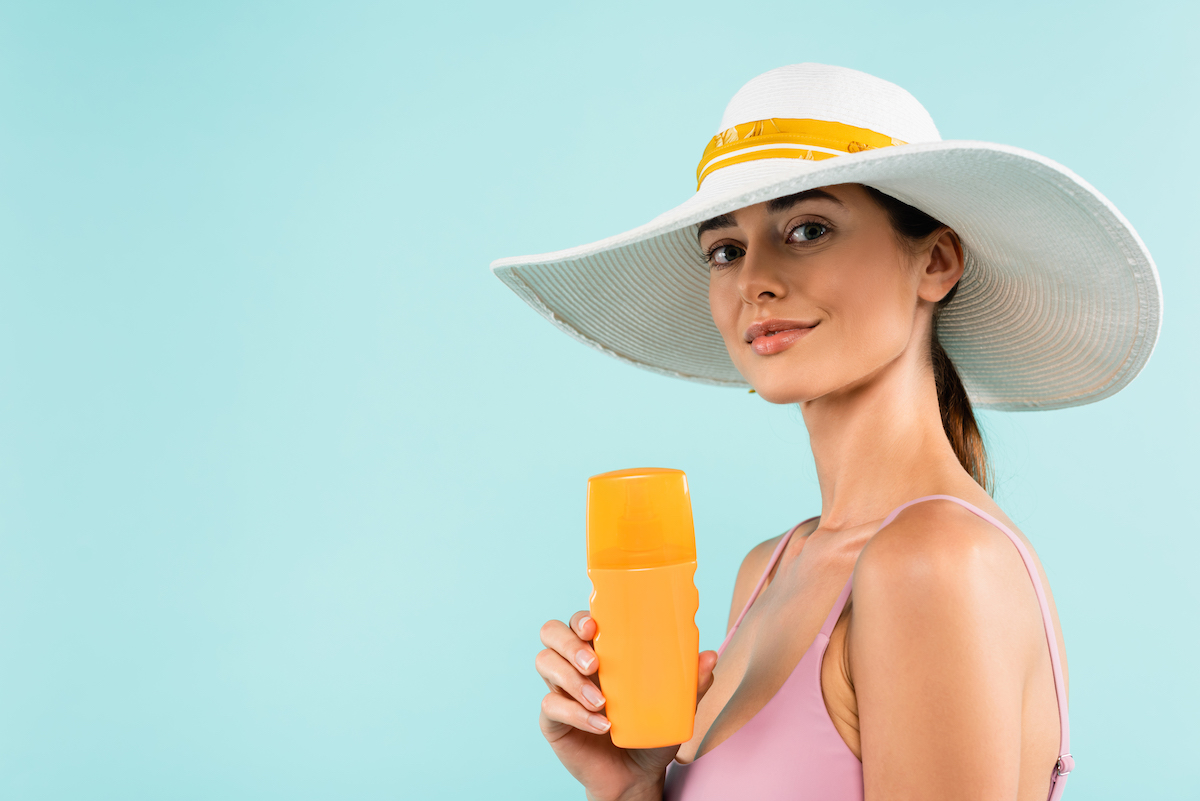
Luxury sunscreens often contain the same UV-blocking ingredients as affordable sunscreens. The difference is in the branding and the elegant bottles, not in the sun protection they offer.
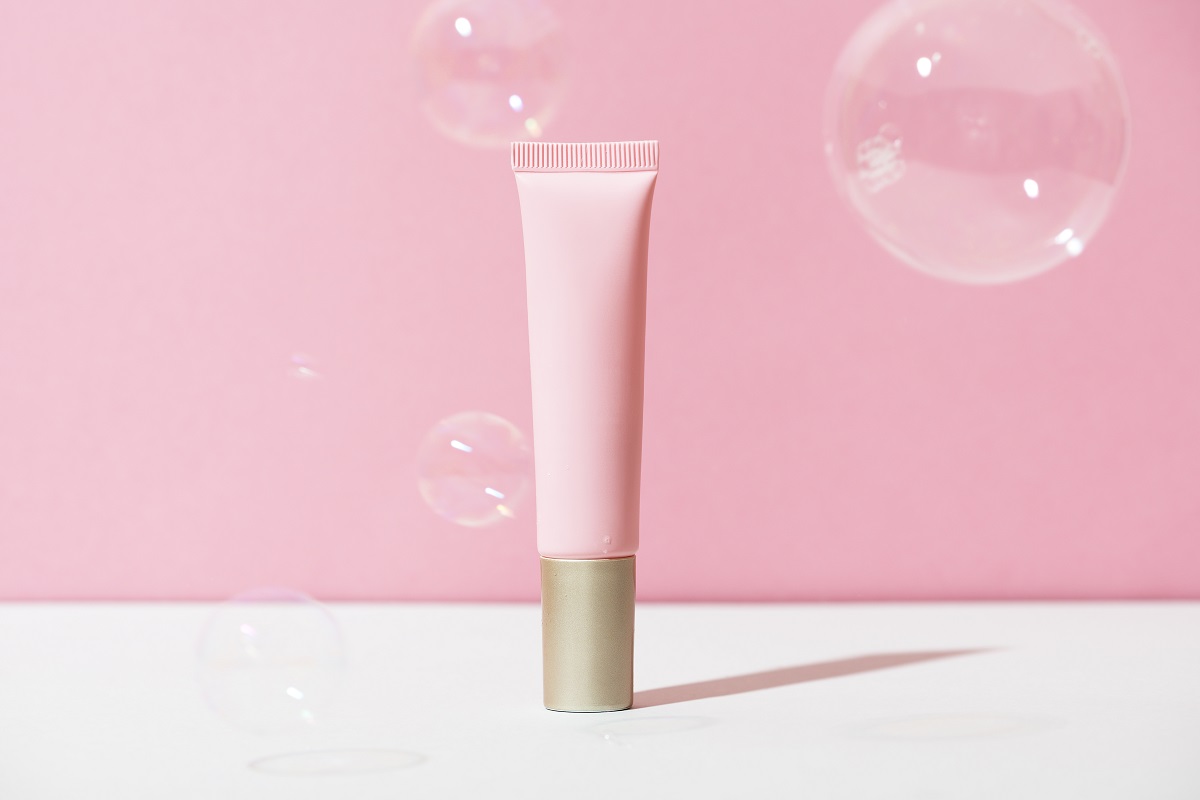
Many luxury eye creams promise to erase wrinkles and brighten under-eye circles, but their key ingredients, peptides, caffeine, and hyaluronic acid, are the same ones found in much cheaper products. The extreme markup is often based on brand reputation rather than performance.
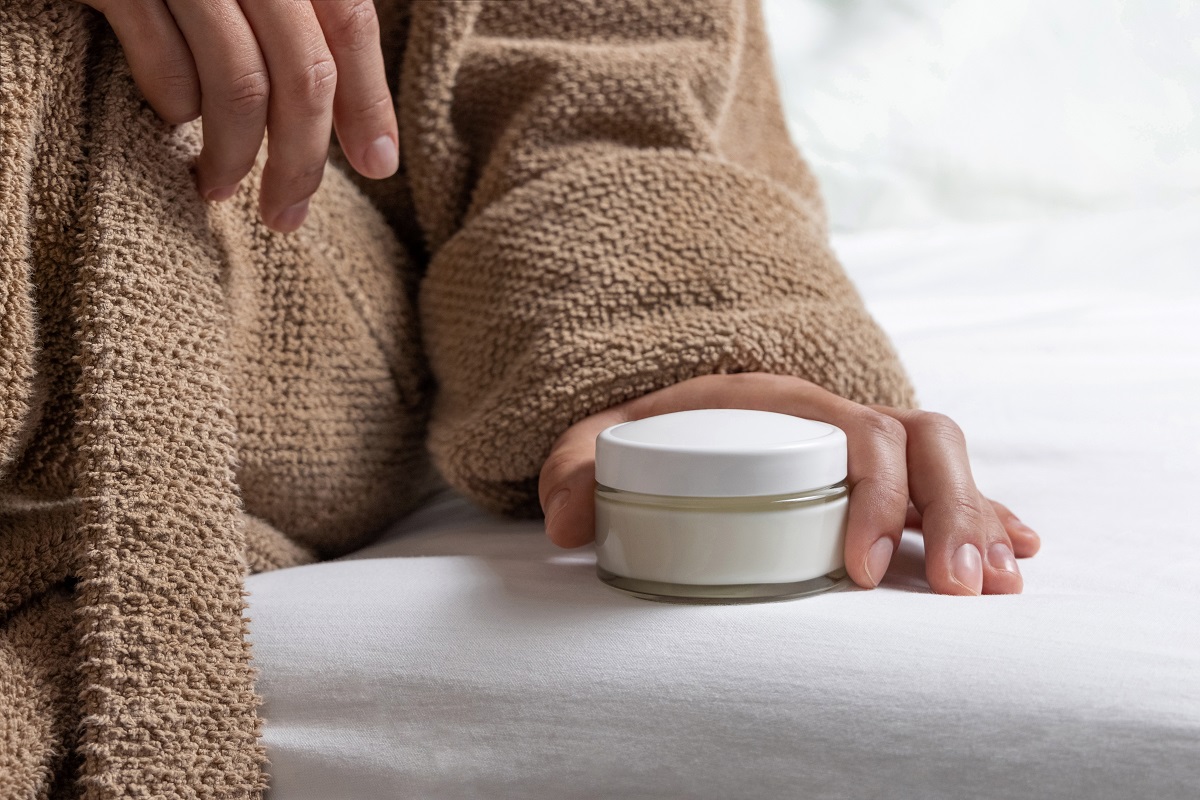
Luxury night creams often contain the same hydrating ingredients as regular moisturizers, but come in an expensive jar. Many of these creams offer no additional benefits beyond what a well-formulated drugstore moisturizer can provide.
Luxury skincare is not always a scam, but many products are priced based on their brand name rather than their actual effectiveness. Before spending hundreds of dollars on a single cream, it is worth checking the ingredient list and comparing it to budget-friendly alternatives. Sometimes, the best skincare routine is not the most expensive one, but the one that works for your skin without unnecessary markups.
Disclaimer: This list is solely the author’s opinion based on research and publicly available information.

The beauty industry is full of so-called “hacks” that influencers swear by, but many of them do more harm than good. Some are exaggerated for views, while others are outright myths that waste your time and money. Here are 12 makeup and skincare hacks that are actually just myths pushed by influencers:
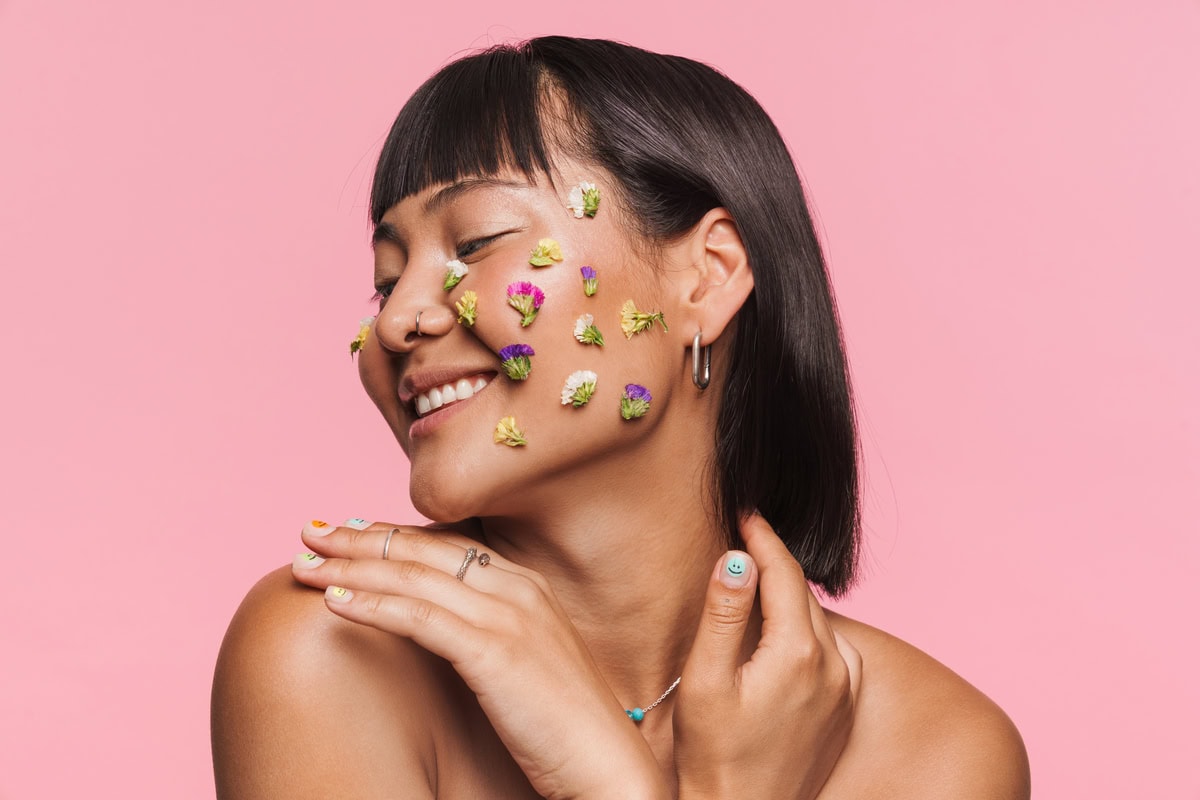
Many of us tend to list skincare trends we all want to try after seeing content creators or celebrities vouch for them. But in reality, some of these trends actually underdeliver what it was promised to do. Here are 13 skincare trends you may want to skip and opt for something better.

This is where I share the good stuff: beauty drops, fashion finds, travel moments, and confidence notes from my heart to yours. .


